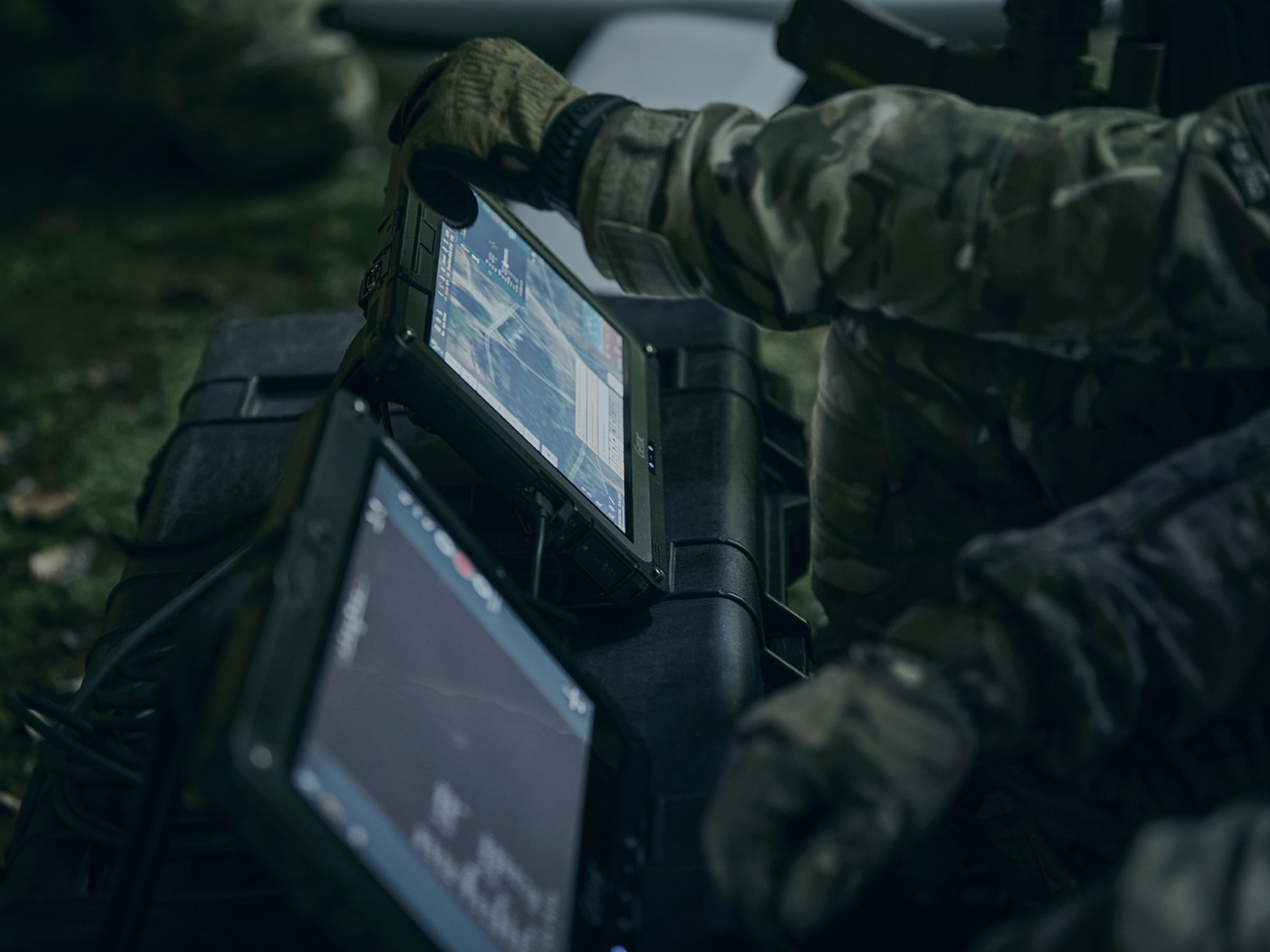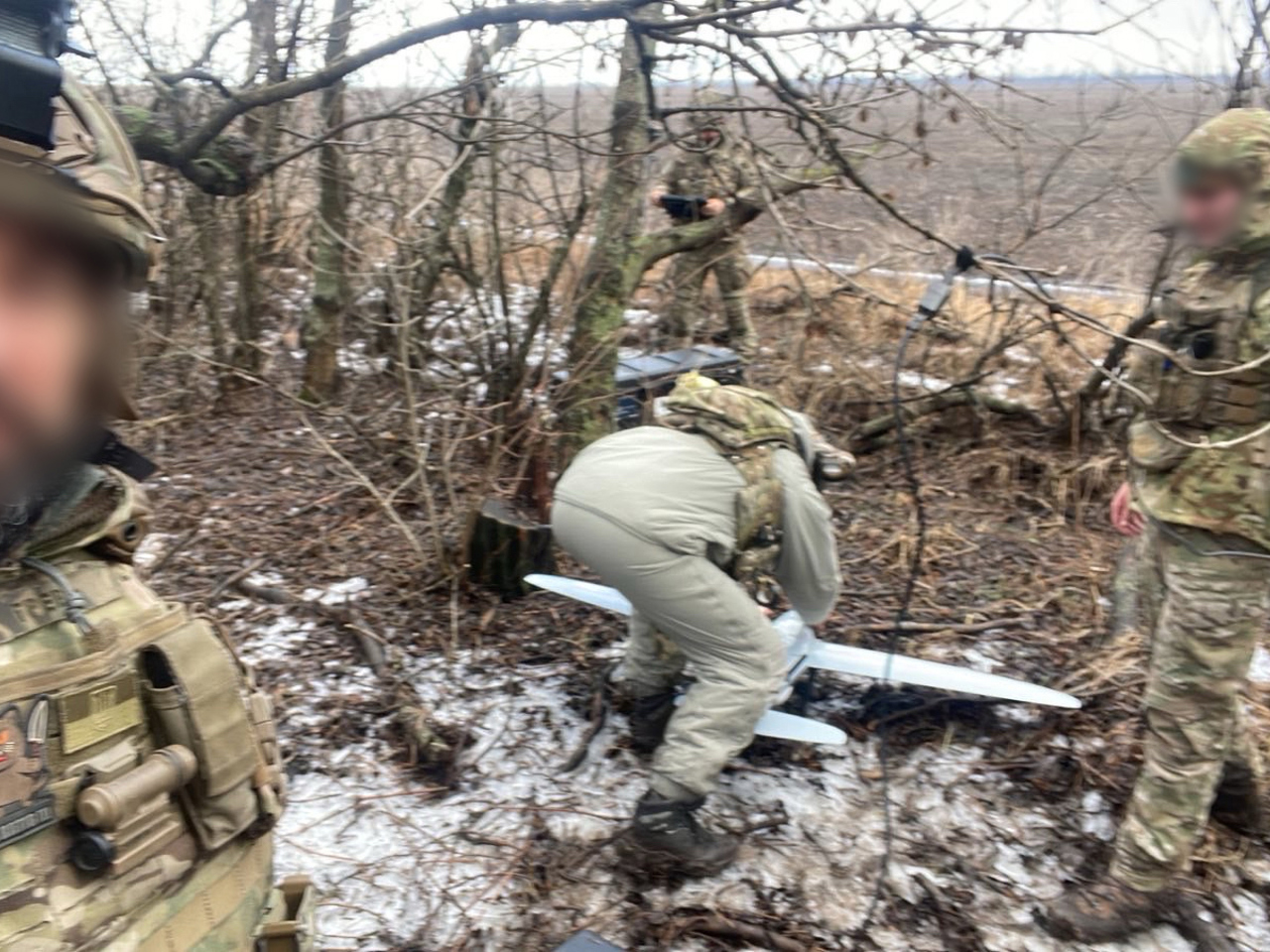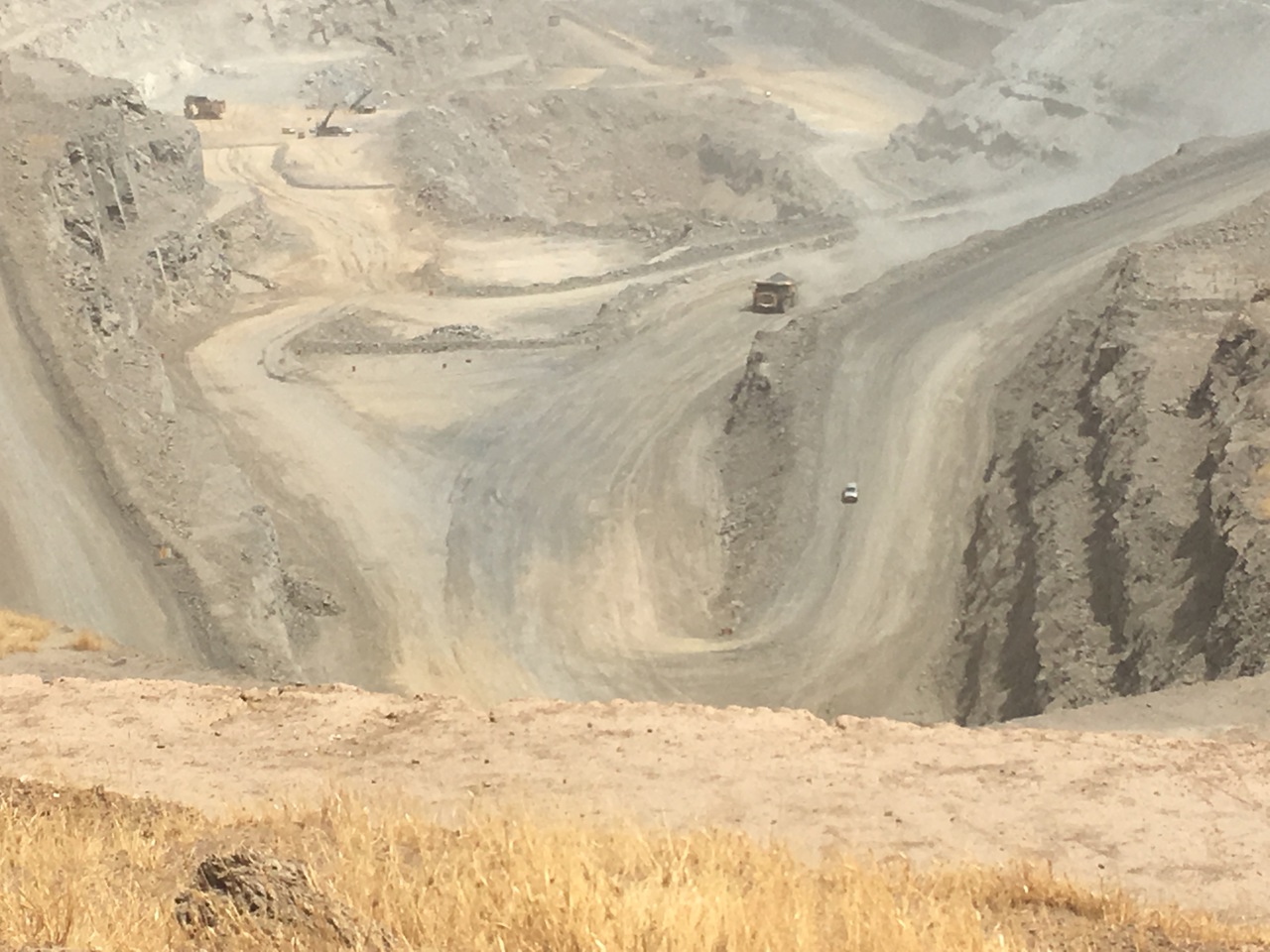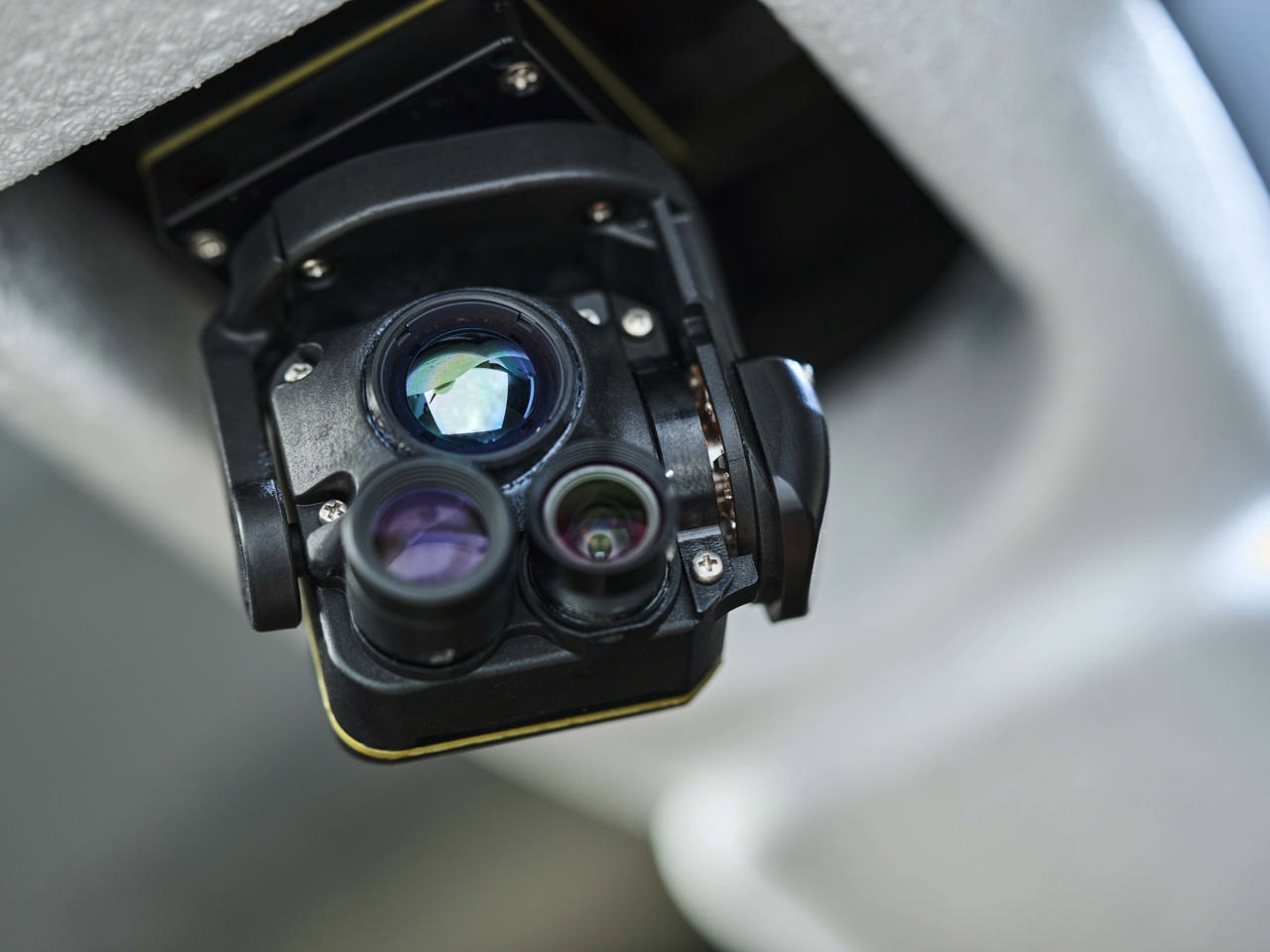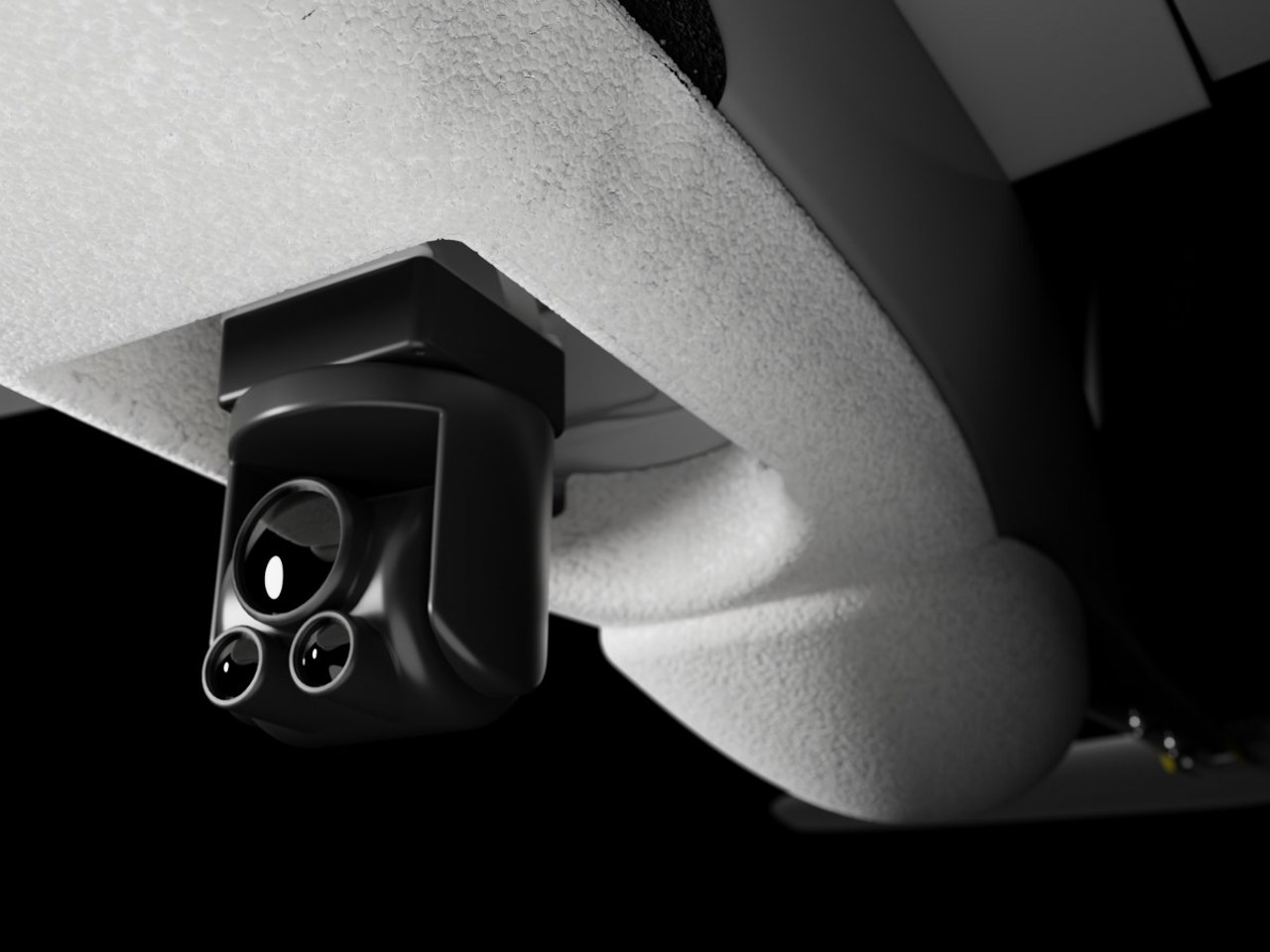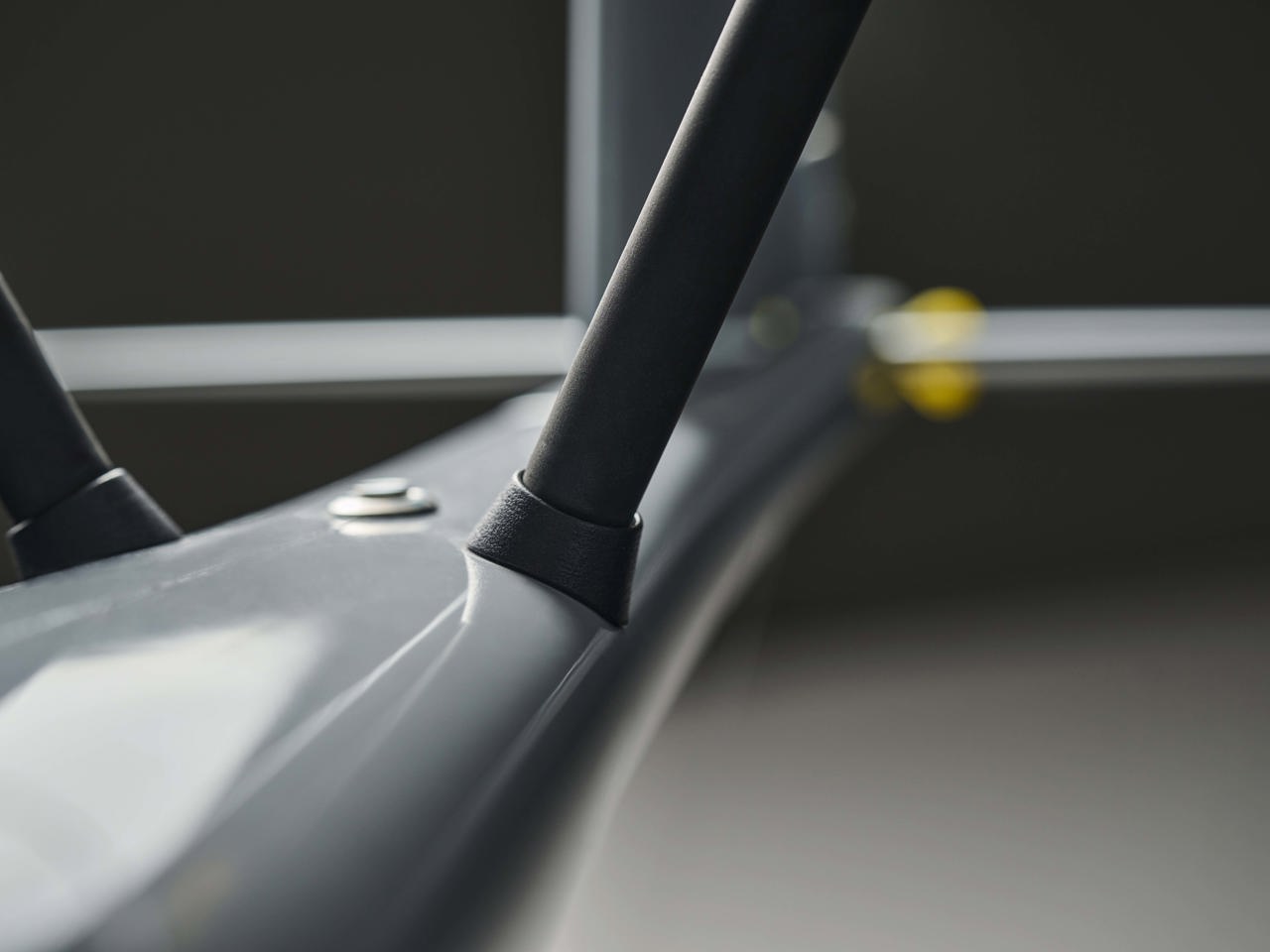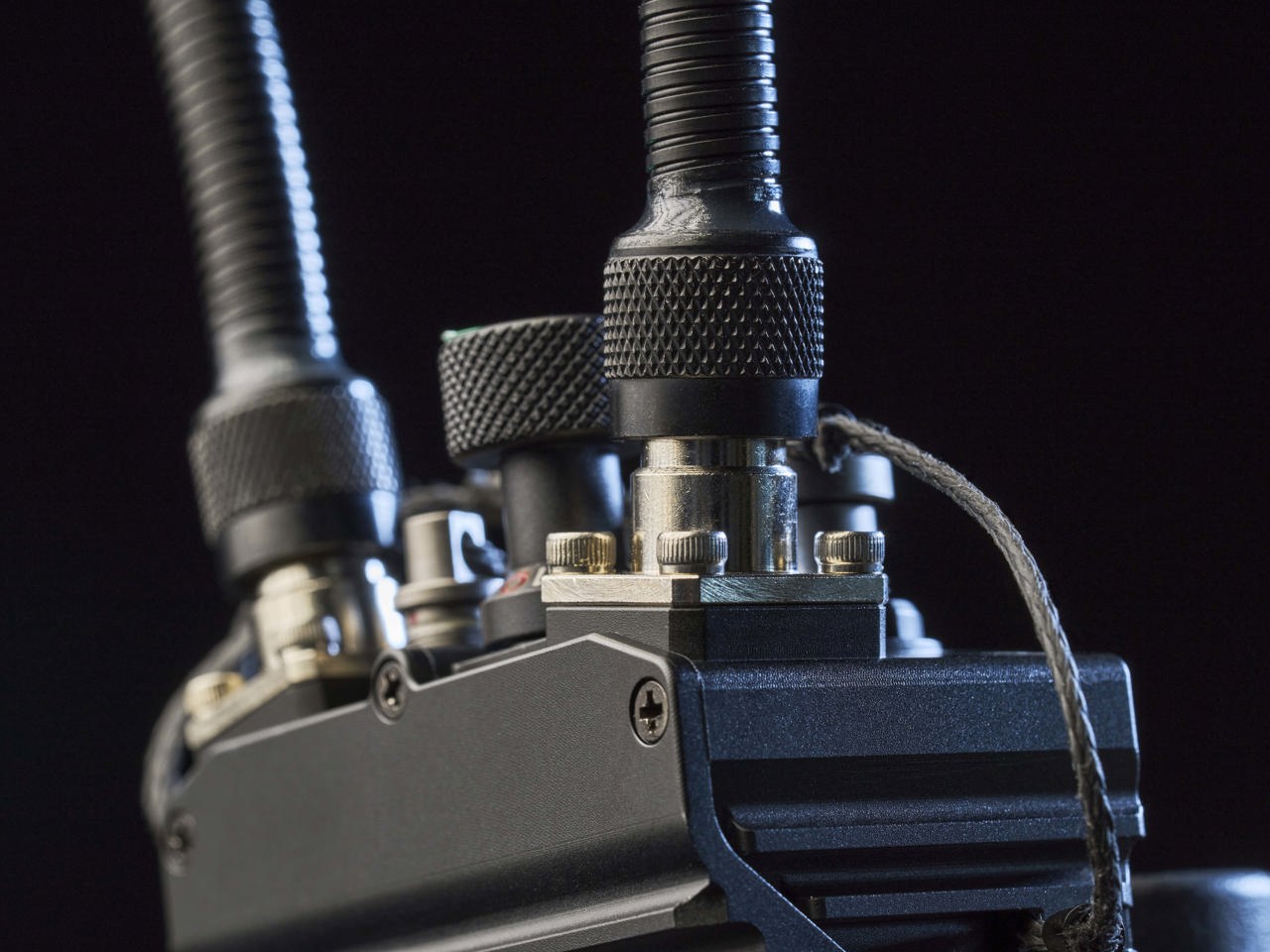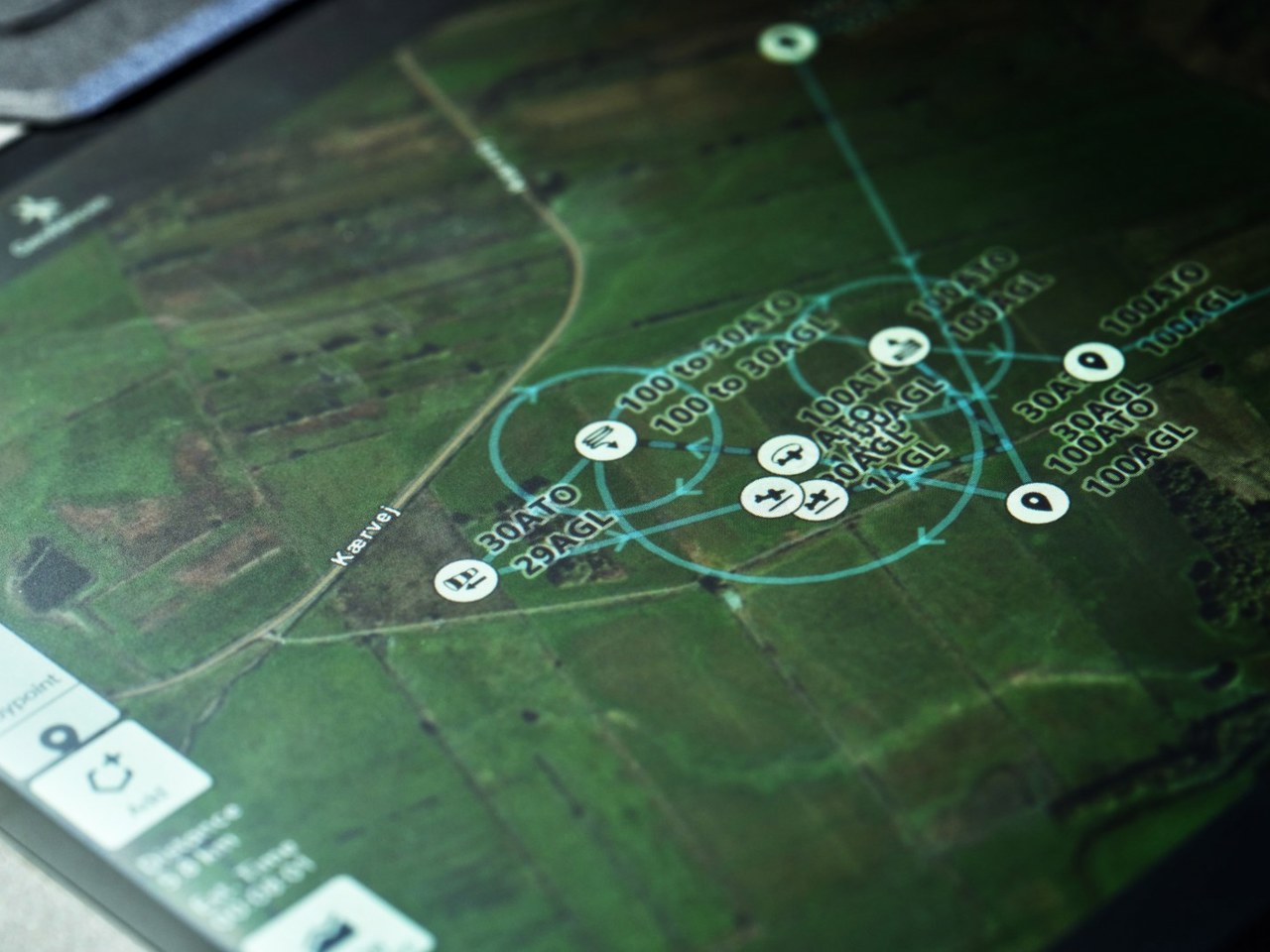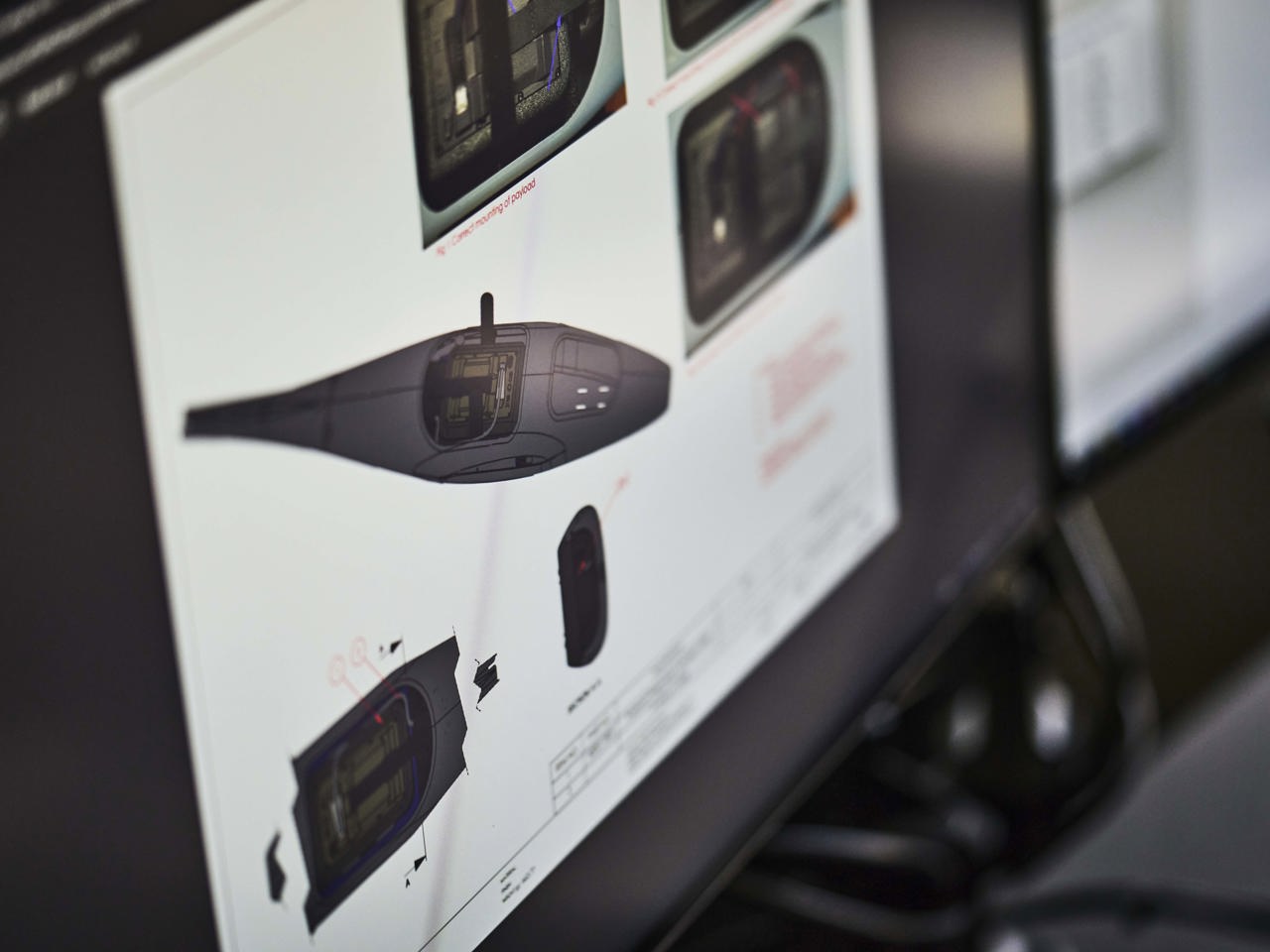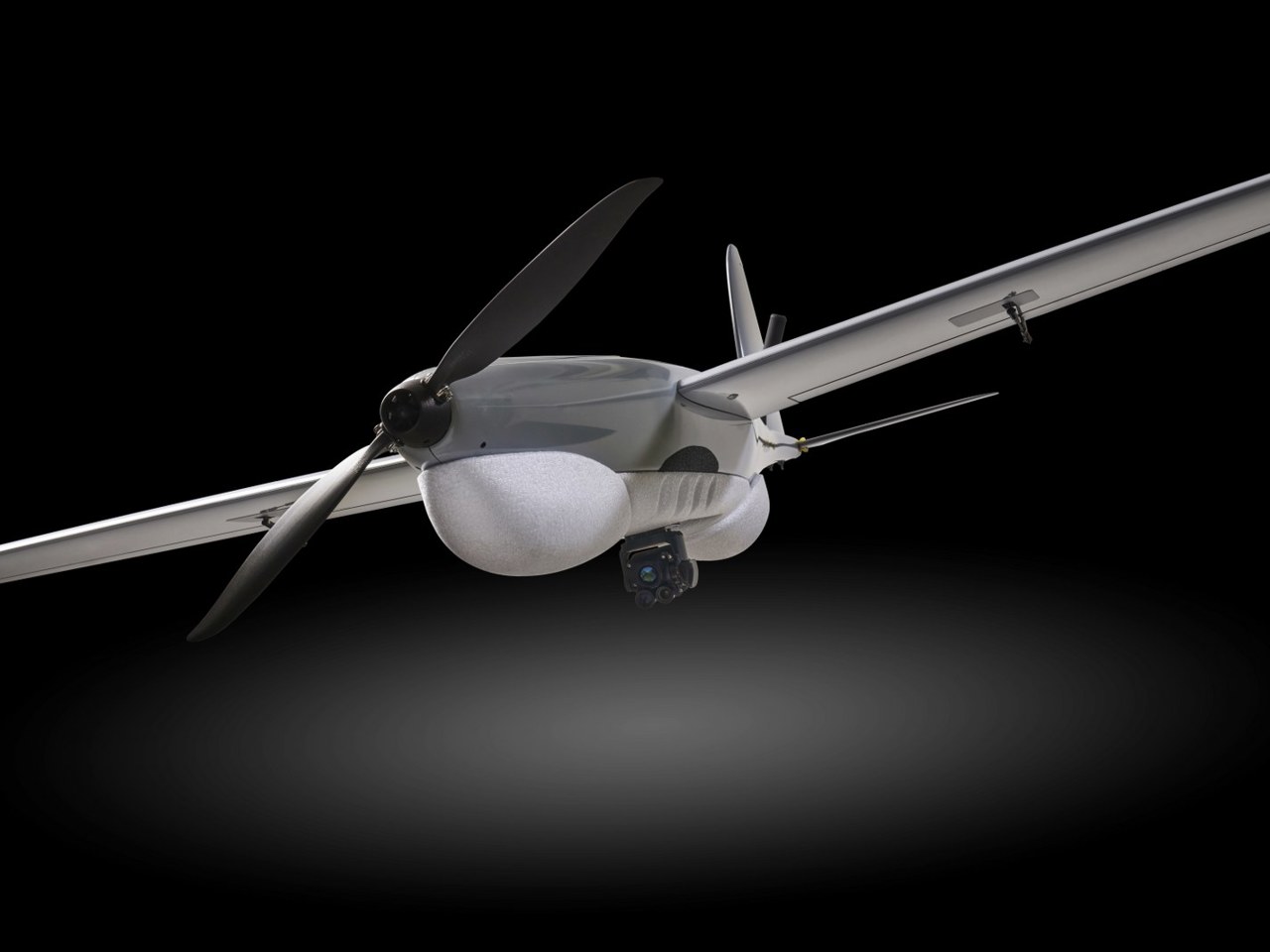Land as you please. The tactical brilliance of a deep stall UAS
As UAS technology continues to evolve, so does the need for smarter, more resilient landing techniques. While VTOL (Vertical Take-Off and Landing) systems have gained attention for their versatility, an alternative is proving to be efficient, reliable, and mission-ready: deep stall landings.
Used by battle-proven UAS like the RQ-35 Heidrun, deep stall landings offer a range of operational advantages. Particularly in military environments where infrastructure is minimal, and GPS (GNSS) access is unreliable or denied.
What is a deep stall landing?
BA deep stall landing is a controlled descent where a fixed-wing drone enters a steep, high-angle stall - typically between 65 and 80 degrees - causing the drone to descend sharply while remaining stable.
Just before touchdown, the drone levels out briefly to ensure a safe landing with no damages. The maneuver requires only little space and no additional infrastructure, making it ideal for field operations.
Real-world relevance: Proven performance in Ukraine
Several RQ-35 Heidrun drones have completed over 500 successful missions in Ukraine, demonstrating their effectiveness in real-world conflict zones. Thanks to the deep stall landings operators have been able to recover the drones in confined and unpredictable terrain - even when GNSS signals were jammed or denied.
In one scenario, the RQ-35 Heidrun was tasked with monitoring enemy movement in a hostile urban area. After completing its mission, the UAS executed a deep stall landing onto the rooftop of an abandoned building. Quietly and accurately minimizing exposure to enemy forces.
5 key advantages of deep stall landings
1. Minimal landing area
Deep stall landings require significantly less space than belly-landing or landing with parachute, allowing the RQ-35 Heidrun to touch down in tight, rugged areas, in forest clearings, or improvised landing zones near the front line. Without compromising safety or precision.
2. Better recovery
The steep descent angle minimizes exposure to ground threats, significantly improving the UAS’ chances of a successful recovery in hostile territory. Unlike hovering VTOL drones, the UAS is less visible and spends less time during landing.
3. Operational robustness
Deep stall enables safe landings on uneven terrain. Even places where GNSS signals may be unreliable and where other landing methodologies are impractical. No nets, cables, or pads required. Just land, pick up and re-launch.
4. Operational Versatility & Resilience
Deep stall is resilient to turbulent weather and enables safe landings on uneven terrain. It lands even in places where GNSS signals may be unreliable and where other landing methodologies are impractical. No nets, cables, or pads required. Just land, pick up and re-launch.
5. Simplified Logistics
Deep stall eliminates the need for arrestor systems or nets, streamlining logistics, reducing deployment costs, and simplifying operations in locations without GNSS support.
Looking for a tactical advantage?
When it comes to military readiness, stealth, and flexibility, deep stall landings offer clear advantages. If you have operations where space, time, or GNSS access is limited, deep stall isn’t just an option - it’s your edge.




